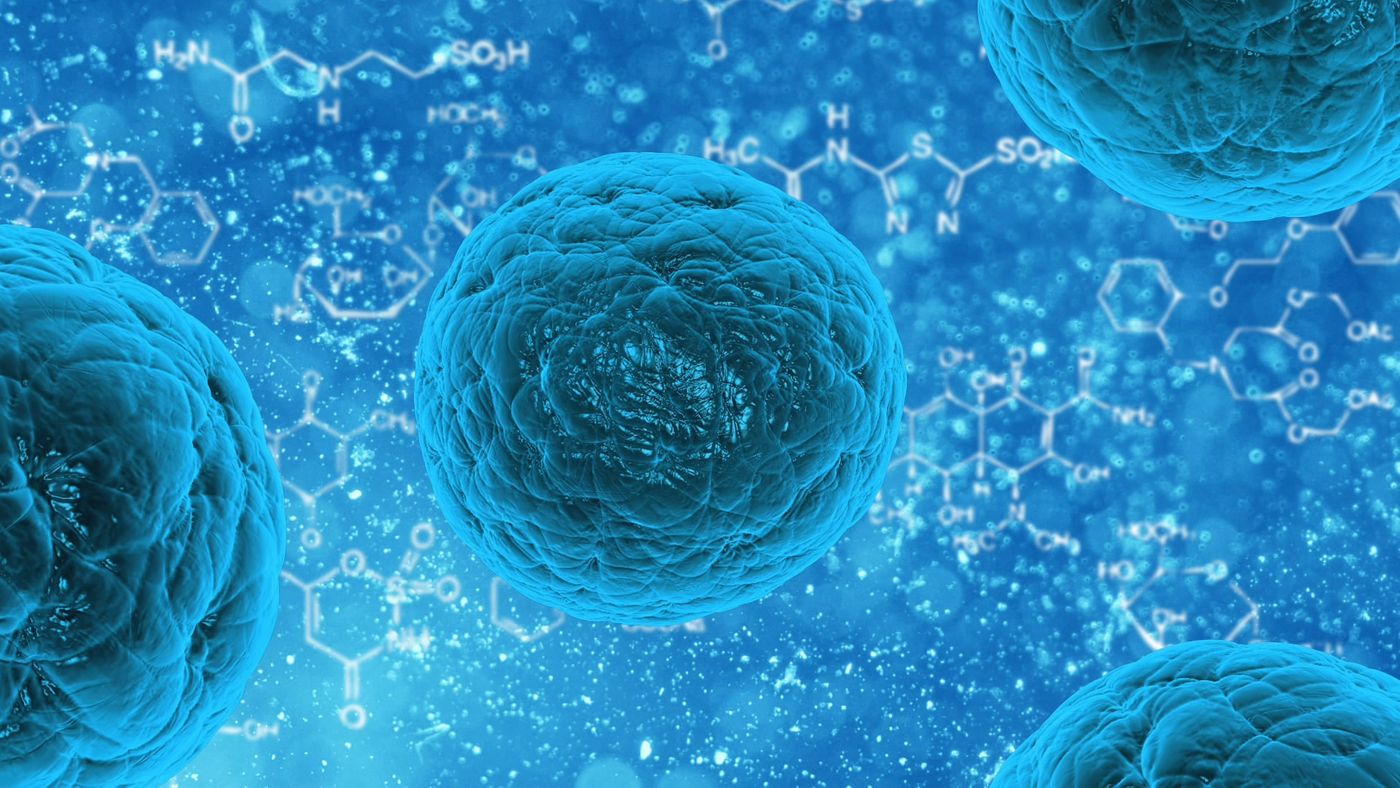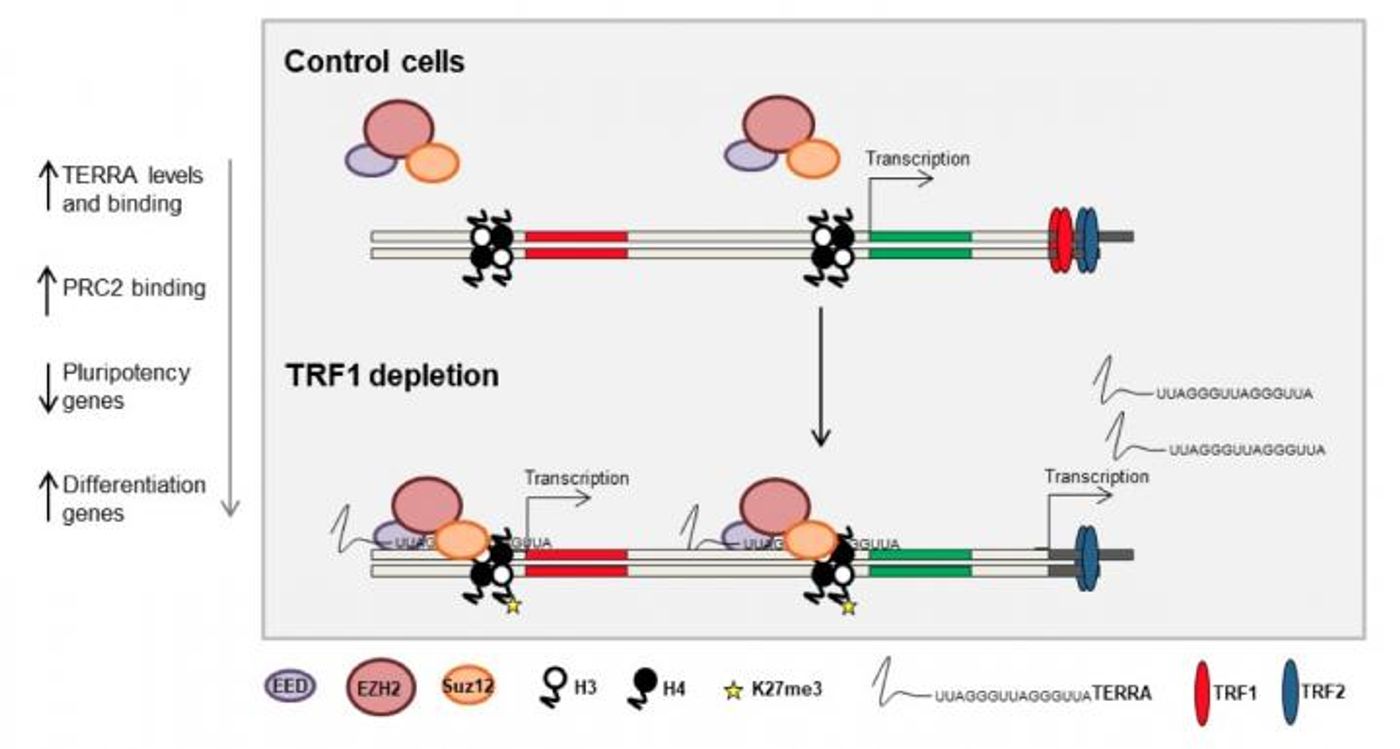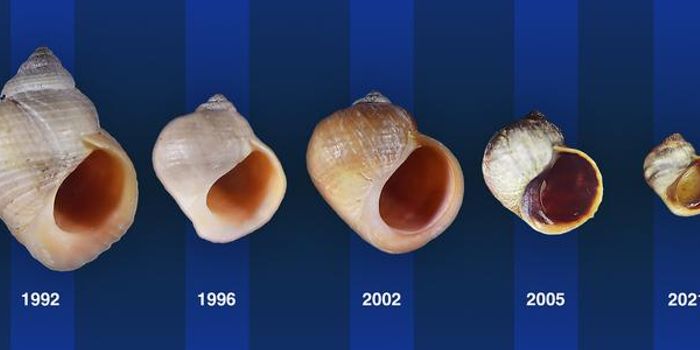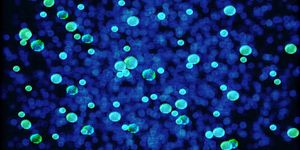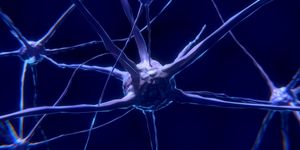Insights Into the Mechanisms Controlling Pluripotency
To carry out all the functions required for the maintenance of life, many types of specialized cells have to serve specific purposes, like heart cells, brain cells, nerve cells, etc. Pluripotent stem cells have incredible potential; they are self-renewing and can become any type of cell in the body. Scientists have long wanted to harness this power; pluripotent stem cells could revolutionize regenerative medicine, help create organs for transplant, or advance disease modeling in research. Scientists are still trying to understand pluripotency and the gene expression that gives cells that power. Now researchers led by Maria Blasco at the Spanish National Cancer Research Centre (CNIO) has revealed new characteristics of pluripotent cells.
Reporting in eLife, the researchers have uncovered a new link between pluripotency and telomeres, the protective caps that sit on the ends of chromosomes. Telomeres have to be maintained constantly and were once thought to not encode for any genes. But research revealed that they generate long, non-coding RNA molecules called TERRA.
The CNIO scientists found that TERRAs can influence pluripotent genes through the action of Polycomb proteins, which can modify gene expression by adding biochemical tags to genes. TERRAs are controlled by another protein only found in telomeres called TRF1, which is a portion of a complex called shelterin, which protects telomeres.
Pluripotent cells can be engineered in the lab by modifying gene expression in adult skin cells. But in this study, the researchers found that when TRF1 was inactive in a cell, they could not trigger pluripotency. "We could not understand how a gene that deals with telomere maintenance has such a profound effect on a global process like pluripotency," noted Maria Blasco, Head of the Telomeres and Telomerase Group at CNIO.
To learn more, they searched for expression changes in genes after stopping TRF1 activity. They found many shifts, and more than 80 percent of those expression changes were connected to pluripotency. "We saw that TRF1 had an enormous, but very organized, effect," explains Blasco. Many of the genes they identified were controlled by Polycomb.
Image: In normal iPS cells (induced pluripotent stem cells) TRF1 expression is high, and the Polycomb (PRC2) complex (EDD, EZH2, and Suz12) is bound weakly to the genome, so pluripotency genes are expressed. After TRF1 depletion, TERRA expression increases, resulting in PRC2 recruitment to pluripotency and differentiation genes, and establishment of the K27me3 epigenetic mark, altering gene expression / Credit: CNIO
The scientists knew that Polycomb was related to telomere structure along with TERRA. The team looked for interactions between TERRA and the genome, and fund that TERRA targets genes that are also influenced by Polycomb. TERRA seemed to be the link between pluripotency and TRF1.
TRF1 has a cascading impact on gene expression in pluripotent cells using epigenetic changes.
Rosa Marión, the first author of the study, explained that "these findings tell us that TRF1 is essential for reprogramming specialized cells and for maintaining pluripotency."
Learn more about stem cells from the videos.
Sources: AAAS/Eurekalert! via CNIO, eLife
